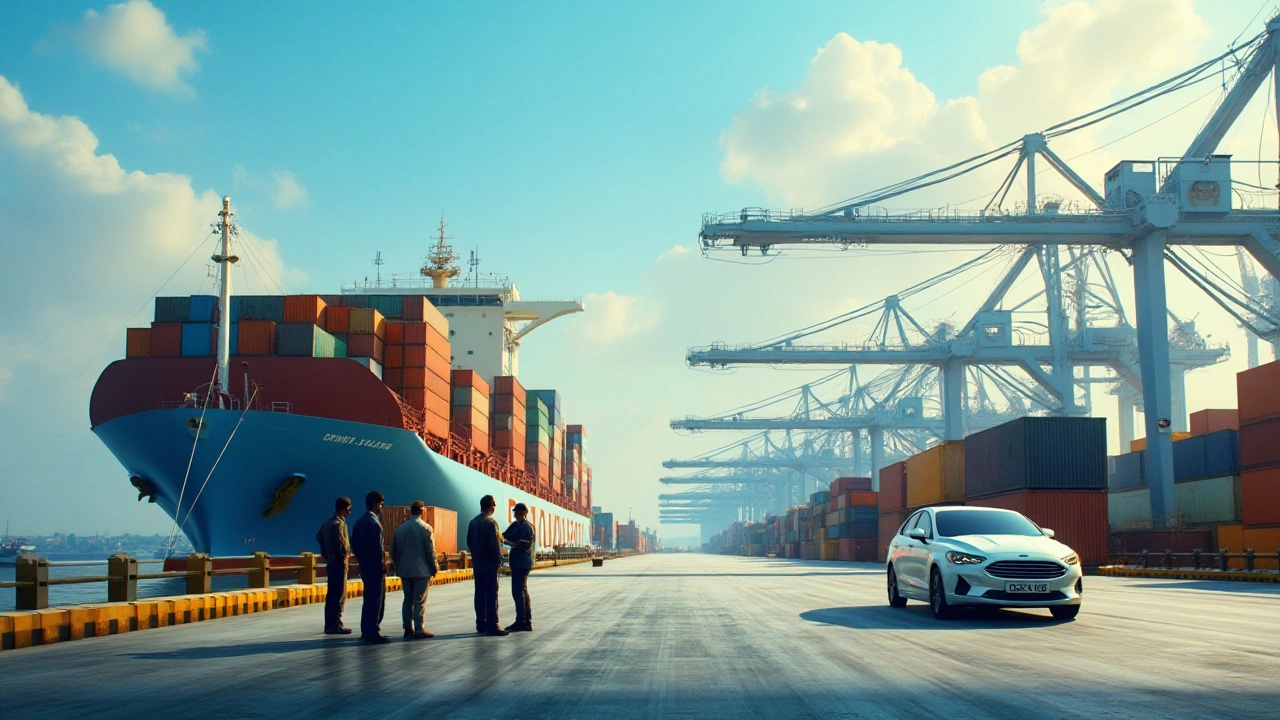Plastic Manufacturing Companies: Trends, Types, and Sustainability
When you hear the term plastic manufacturing companies, businesses that convert raw polymer resin into everyday products. Also known as plastic producers, they power everything from bottle caps to automotive parts. Understanding how these firms operate gives you a clear picture of the whole plastic ecosystem.
One key piece of the puzzle is the variety of resin types, the base polymers like PET, HDPE, and PP that factories melt and shape. Polymer grades determine a product’s strength, clarity, and heat resistance, so manufacturers must match the right resin to each application. For instance, PET dominates beverage bottles, while HDPE is favored for sturdy pipes. This match‑up shows how plastic manufacturing companies produce resin types to meet specific market needs.
Key Areas to Watch
Today's factories are leaning heavily on recycled plastics, post‑consumer or post‑industrial material that’s reprocessed into new feedstock. rPET and rHDPE not only cut raw‑material costs but also lower carbon footprints, making them attractive to eco‑focused buyers. This shift means that many plastic manufacturing companies now rely on recycled plastics as a core input, creating a loop that supports circular economy goals.
Beyond the raw material, sustainable manufacturing, practices that reduce waste, energy use, and emissions during production is becoming a non‑negotiable criterion. Techniques like energy‑efficient extrusion, water‑based cooling, and waste‑heat recovery help plants meet tighter environmental regulations while boosting profitability. When a factory adopts these methods, it not only cuts costs but also strengthens its market position as consumers demand greener products.
Looking ahead to 2025, the plastic demand landscape is reshaping itself. High‑growth segments include recycled PET for beverage packaging, HDPE for durable piping, and specialty resins for electric‑vehicle components. Companies that can quickly pivot to these high‑margin streams will capture larger market shares. At the same time, supply‑chain challenges—like fluctuating oil prices and stricter export rules—push firms to diversify sources and invest in resilient production lines.
Below you’ll find a hand‑picked selection of articles that dig deeper into each of these topics. Whether you’re curious about the hottest resin trends, the economics of recycled feedstock, or how sustainability drives innovation, the posts ahead give actionable insights and real‑world examples to help you stay ahead of the curve.
Plastic Manufacturing: Which Industry Uses the Most?
Ever wondered which industry is cranking out the most plastic? This article unpacks the main players, highlights real-world numbers, and breaks down how everyday items drive the demand for plastic. We'll touch on surprising uses you might not expect, explain what really counts as 'plastic use,' and share practical tips for understanding the market. Whether you're curious about the environmental impact or how your shopping habits tie into the bigger plastic picture, this guide lays it all out.
- manufacturing
- India
- food processing
- garden tips
- rice cultivation
- government schemes
- balcony garden
- urban gardening
- balcony gardening
- profitable business
- business ideas
- plastic manufacturing
- drip irrigation
- plant care
- steel manufacturing
- sustainable gardening
- startup ideas
- steel industry
- flower gardening
- textile manufacturers






